1 December 2024
Travel and photography go hand in hand like peanut butter and jelly. Whether you're chasing golden sunsets on tropical beaches or capturing the urban chaos of a bustling city, having the right camera gear can make or break your photography game. Let’s face it—you don’t want to lug around your entire tech arsenal, nor do you want to sit there wishing you’d brought something essential. So, how do you strike the perfect balance? That’s exactly what we’re diving into today.
In this guide, I’ll walk you through the must-have items for your travel photography kit. From cameras to lenses and all the little extras, you’ll be packing like a pro in no time. Ready? Let’s roll!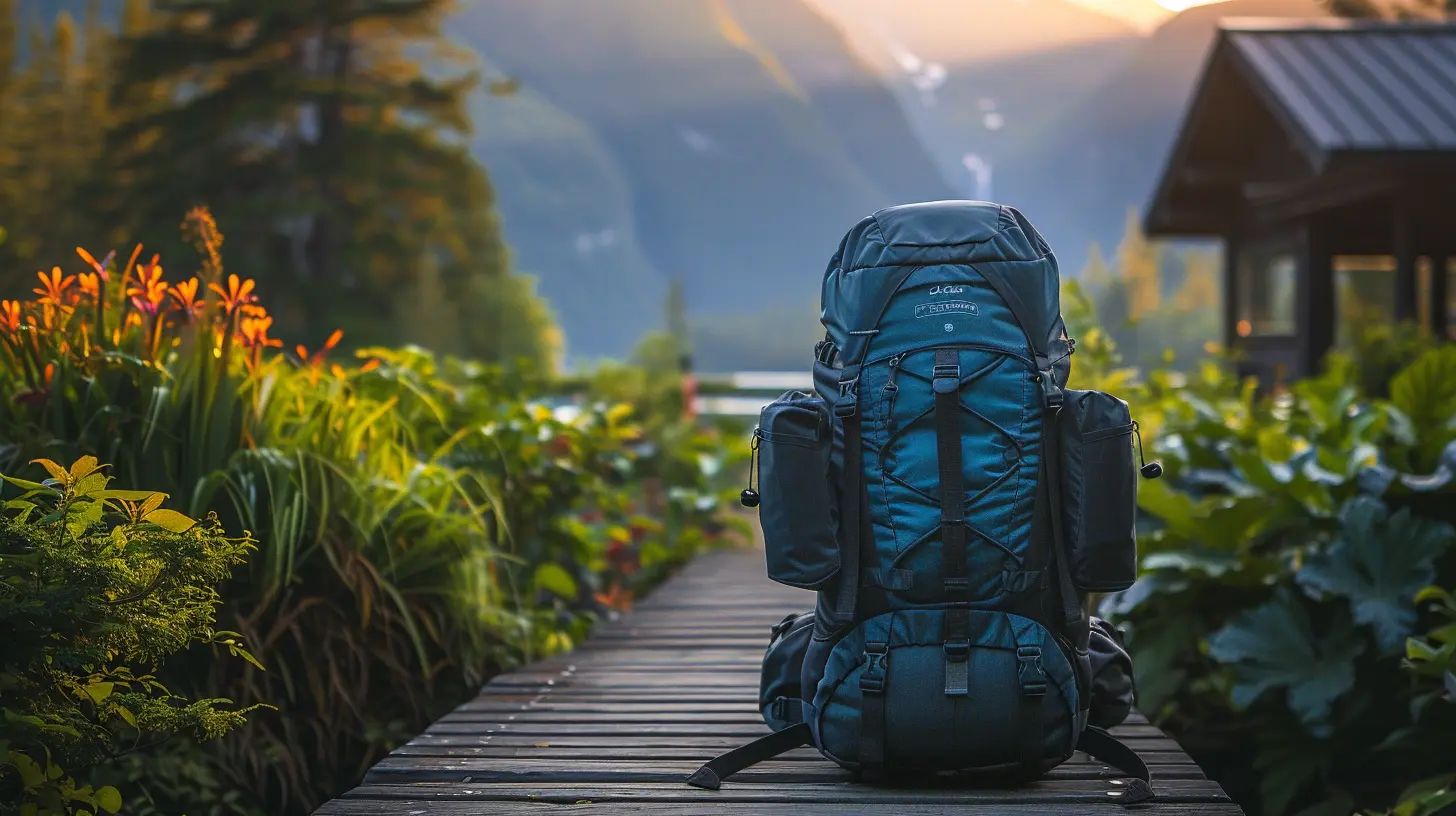
Why Packing Smart Camera Gear Matters
Imagine this—you’re scaling a mountain, and you’ve brought along every lens you own, plus that bulky tripod. Within minutes, the weight of your overstuffed bag starts to feel like a mini anvil pressing down on your shoulders. Not fun, right?On the flip side, picture this—you’ve traveled halfway across the world to witness an epic sunrise, but your wide-angle lens? Sitting at home. Heartbreaking. Packing smart helps you avoid these scenarios. It’s all about being prepared while staying light on your feet. After all, travel photography isn't just about gear; it's about being mobile, nimble, and ready for the moment.
Core Travel Photography Essentials
Now, let’s dive into the nitty-gritty. These are the absolute must-haves for every travel photographer’s kit. Spoiler alert: less is often more.1. The Right Camera Body
Your camera is the MVP of your kit, no doubt about it. But you don’t need the fanciest, most expensive model on the market. What you do need is something dependable and versatile.- Mirrorless Cameras: Lightweight and compact, mirrorless cameras are the gold standard for travel photography. They pack a serious punch with their image quality while being easier to carry than traditional DSLRs.
- DSLRs: While heavier, DSLRs can still be a great option if you’re after top-notch quality and functionality. Plus, their battery life tends to outlast most mirrorless counterparts.
- Compact Cameras: If you’re all about packing light or want something for casual shooting, a high-end compact like the Sony RX100 series could be your new best friend.
> Pro Tip: Consider weather-sealed camera bodies if you’re heading somewhere with unpredictable conditions. You’ll thank yourself when the skies open up!
2. Lenses: What to Pack and Why
Lenses are like shoes—you need the right pair for the right occasion. But the catch? You can’t bring them all. Here’s a quick rundown of the most versatile lenses for travel:- Wide-Angle Lens: Perfect for capturing sprawling landscapes, cityscapes, and interiors. Think 16-35mm range.
- Zoom Lens: A flexible all-rounder. A 24-70mm or 18-135mm zoom lens can handle everything from portraits to landscapes without switching lenses constantly.
- Prime Lens: A fast prime (like a 50mm f/1.8) is great for portraits and low-light situations. Plus, it’s small and lightweight.
- Telephoto Lens: If wildlife or distant subjects are your jam, a compact telephoto (like a 70-200mm) is worth the extra weight.
> Pro Tip: If you’re trying to pack light, go for a versatile zoom lens that covers a wide focal range.
3. A Trusty Tripod
A tripod might sound like a hassle to carry, but it’s invaluable when shooting in low light or capturing long exposures. Look for one that's lightweight, collapsible, and sturdy. Carbon fiber tripods are an excellent (albeit pricey) choice due to their durability and portability.For ultra-light travel, a mini tripod like the Joby GorillaPod can be a lifesaver. It’s small, flexible, and perfect for those “set it and forget it” moments.
4. Backup Storage: Memory Cards and Drives
Let’s be honest—running out of storage space mid-adventure is the stuff of nightmares. Always bring extras:- Memory Cards: Pack multiple high-speed memory cards (like UHS-II) with decent storage capacity (64GB or higher). This ensures you never have to delete photos on the go.
- Portable SSDs: Back up your photos daily with a lightweight portable SSD. Brands like Samsung T7 or SanDisk Extreme are reliable choices.
- Cloud Storage: If you have access to Wi-Fi, upload your photos to cloud platforms (like Google Drive, Dropbox, or Adobe Creative Cloud) for extra peace of mind.
5. Batteries and Chargers
Guess what? Your camera’s battery will always seem to die at the worst possible moment. Avoid the heartbreak by carrying at least two spare batteries. Oh, and don’t forget the charger (you’d be surprised how easy it is to leave behind)!If you’re heading off-grid, a portable power bank or solar charger is a smart investment. It’s like having your own personal power station.
6. Filters: Elevate Your Shots
Filters are like Instagram but in real life—they enhance your photos without effort.- Polarizing Filter: Reduces glare and makes the sky pop (hello, vibrant blues!).
- ND Filter: Perfect for dreamy long exposures of waterfalls or clouds.
- UV Filter: Protects your lens and helps reduce haziness.
> Pro Tip: Keep your filters organized in a small pouch so you’re not fishing for them at the bottom of your bag.
7. A Durable Camera Bag
Your camera bag isn’t just a bag—it’s your lifeline. It needs to protect your gear, stay comfortable for hours, and not scream “look, I’m carrying expensive stuff!” (especially in crowded touristy areas).Look for a bag that is:
- Padded for protection.
- Weather-resistant for unexpected rain.
- Well-organized with compartments for easy access.
Backpacks are great for heavy-duty travel, while sling bags or messenger-style bags work well for lighter setups.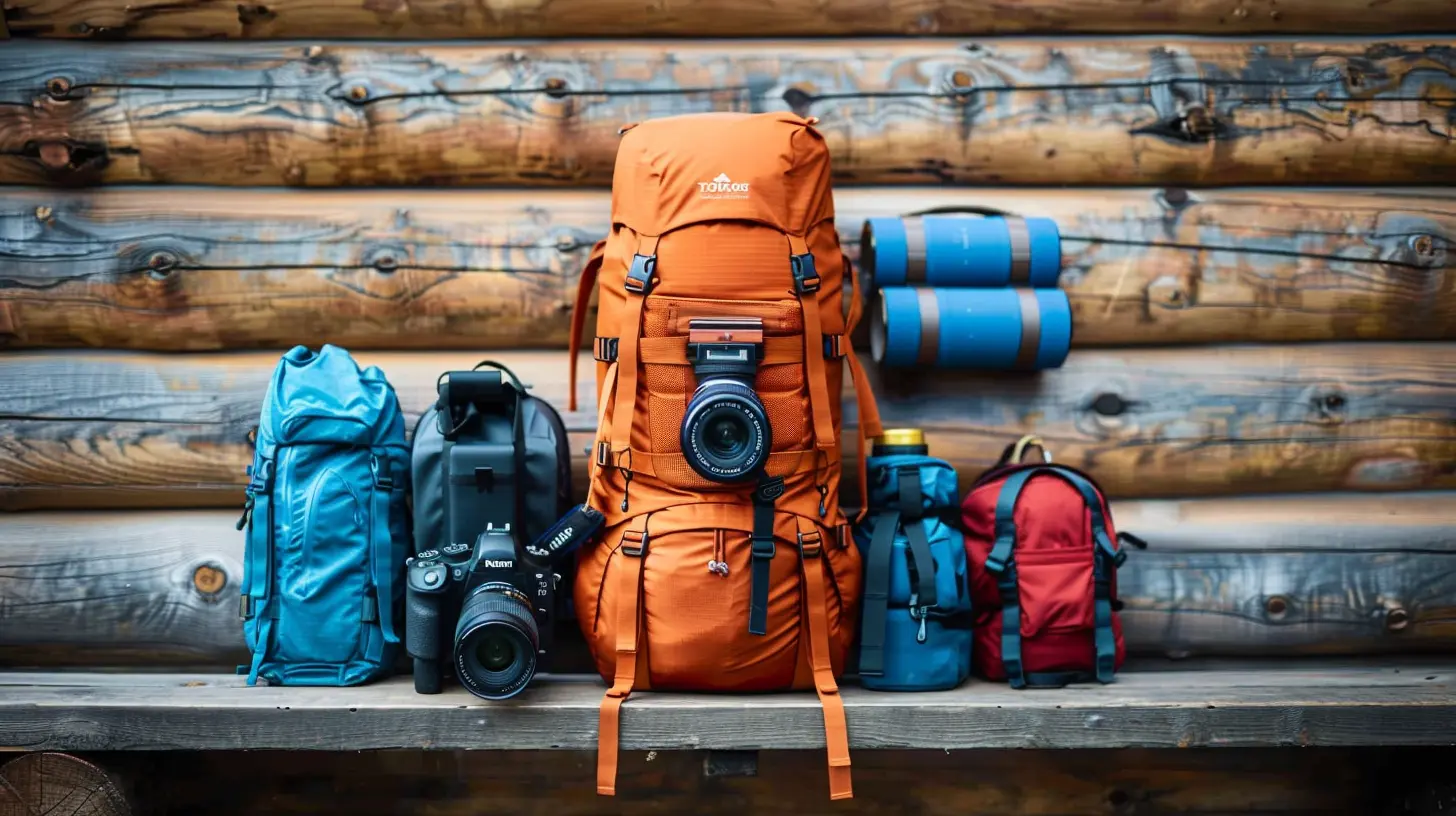
Don’t Forget These Accessories
Sometimes it’s the little things that make the big difference. Here are some extras you won’t want to overlook:- Lens Cleaning Kit: Smudges happen—be ready with a microfiber cloth, lens cleaning solution, and a blower.
- Remote Shutter Release: Ideal for long exposures, group shots, or self-portraits.
- Rain Cover: Protects your gear during sudden downpours.
- Notebook and Pen: For jotting down photo locations, ideas, or settings (yes, old-school, but it works).
- Travel Adapter: A must-have if you're charging devices in a country with different plug types.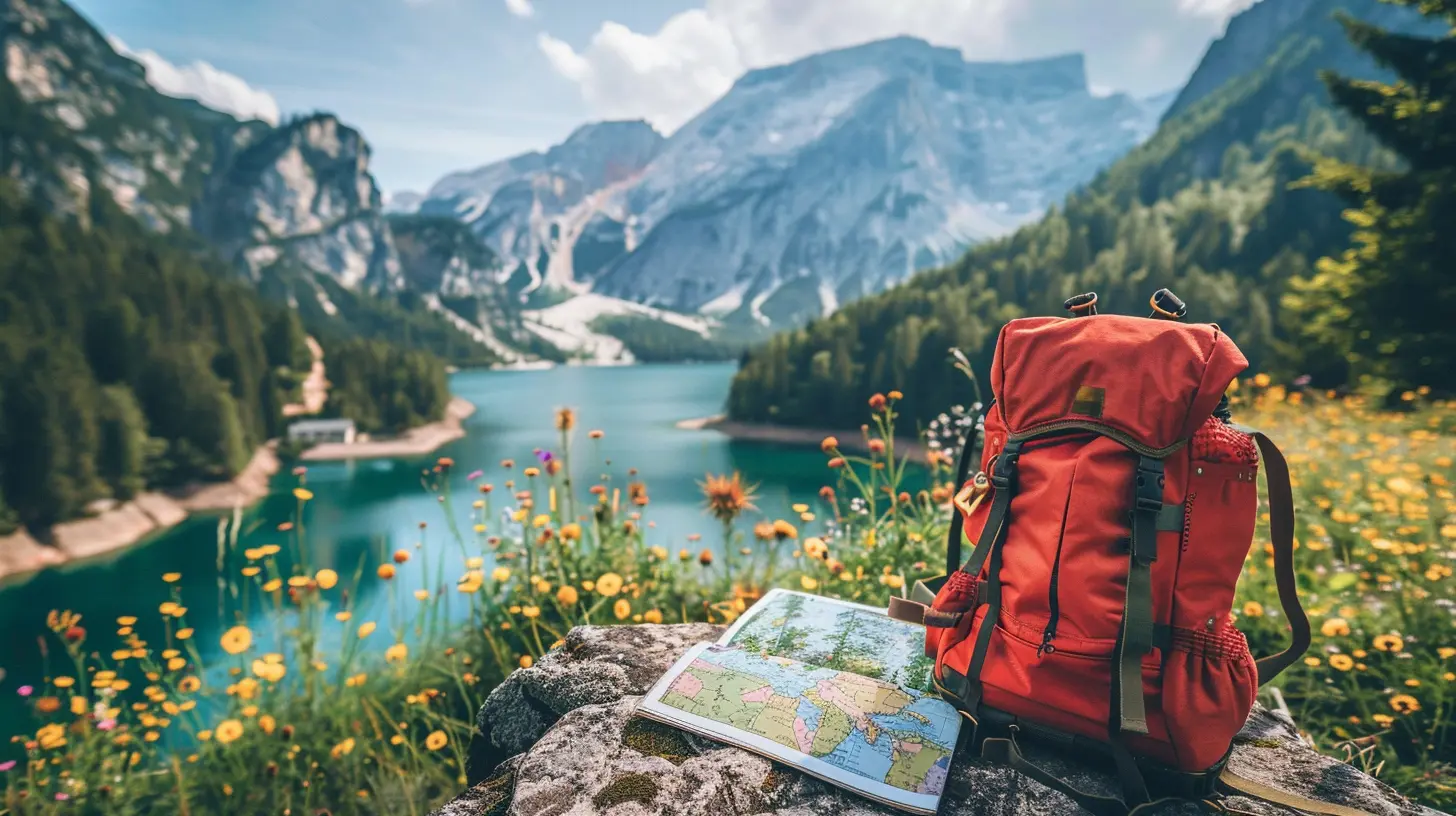
Packing Tips for Travel Photography Gear
Packing for a photography trip can feel like playing Tetris—but with a bit of strategy, you’ll nail it:1. Pack Dual-Purpose Gear: A zoom lens that covers multiple focal lengths can save you from carrying several primes.
2. Protect Fragile Items: Wrap lenses and cameras in soft pouches or clothing to cushion them from knocks.
3. Wear Your Heaviest Items: If your camera is too bulky to pack, wear it around your neck while boarding flights or trains.
4. Distribute Weight Evenly: Use padded dividers in your bag to keep everything organized and balanced.
> Pro Tip: Make a checklist before every trip. You’d be surprised how easy it is to forget something small but crucial (like your camera charger!).
Final Thoughts
At the end of the day, travel photography isn’t about who has the fanciest gear—it’s about telling a story. The right equipment will help you capture those once-in-a-lifetime moments, but the magic happens when you see the world through your unique lens. Pack smart, stay flexible, and don’t let your gear weigh you down—literally or figuratively!So, what’s your next adventure? Wherever it is, I hope this guide helps you pack the perfect travel photography kit. Now go out there and make some memories (and some killer shots)!



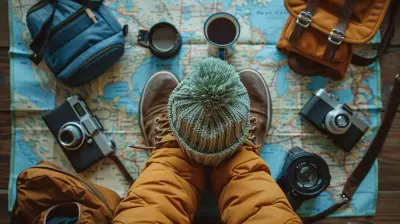





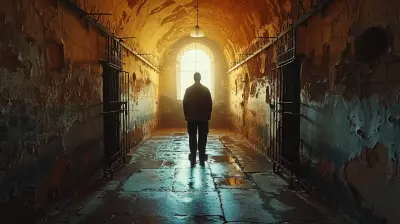
Solenne McCullough
Investing in quality camera gear is essential for capturing stunning travel memories. Prioritize versatility and portability to enhance your photography experience—every great shot starts with the right equipment!
February 15, 2025 at 3:22 AM